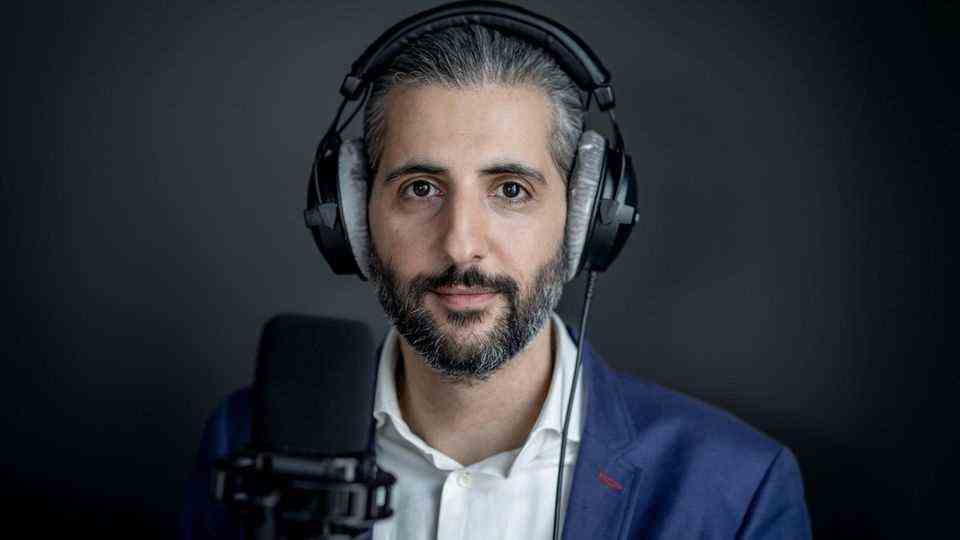podcast
“important today”
Zoonoses: When animals make humans sick
Bats in a cave in Thailand: Transmission of diseases from animals to humans will continue in the future
© Picture Alliance
When pathogens spread from animals to humans, it’s called zoonosis – as probably happened with the corona virus. One thing is certain: Sars-CoV-2 will not have been the last pandemic, says the virologist and zoonoses expert Prof. Stephan Ludwig.
For more than two years, the corona pandemic has occupied governments and societies around the world. It may have started with a little bat in Wuhan, at the Huanan Animal Market, which also sells wild animals. The World Health Organization (WHO) currently considers this to be the most likely scenario. In the 200th episode of the podcast “important today”, moderator Michel Abdollahi investigates the question: What are zoonoses, what role do bats play in them and what can we do to mitigate further pandemics of this origin? The virologist and zoonoses expert Prof. Stephan Ludwig provides the answers, and also points out the threat posed by future zoonoses: “This is a great danger, because this change of host can give people pathogens that the human immune system has never been aware of heard. And then such a pathogen naturally has an easy time.” Because Corona will probably not be the last pandemic we will experience – Prof. Ludwig is sure of that.
After a corona alarm in hamsters in Hong Kong: These animals have also been infected with the virus
13 images
The 2009 swine flu was also a zoonosis
When talking about pandemics, the most common comparison to Corona is usually the Spanish flu, which killed between 20 and 100 million people between 1918 and 1920 – depending on the estimate. The last pandemic wasn’t that long ago, reminds Prof. Ludwig, and refers to the so-called swine flu of 2009: “Fortunately, it didn’t have such bad effects, but it still spread around the world without any measure being taken can stop.”
Zoonoses are not that rare, but in very few cases do they cause as much damage as Corona, for example: “We can assume that transmissions from animals to humans are relatively common, probably daily. Only in very few In some cases, the pathogens manage to adapt in such a way that they can multiply in humans. Fortunately, this is relatively rare.” In the future, there will be more rather than fewer zoonoses, explains Prof. Ludwig. The world’s population is growing and seeking new habitats, encroaching on the ecosystem of animals that also have their own pathogens. They could potentially be transmitted and spread faster around the world due to technical progress, explains the virologist.
The One Health approach
So what can we do, what have we learned from the Corona pandemic? One answer to possible further pandemics could be the One Health approach. “One Health” means nothing other than respect for all living beings, from which people ultimately also benefit. “There is only one health: the health of the environment, the health of animals and the health of humans. It’s all one and there is a very close balance,” says zoonoses expert Stephan Ludwig on “today important”. This respectful treatment of everything that lives could therefore not only be preventive for future pandemics, but possibly also the answer to other threats such as the climate crisis.
How to subscribe to “important today”
Don’t miss an episode of “important today” and subscribe to our podcast at: AudioNow,Spotify, Apple Podcasts, deezer, cast box or on their favorite podcast app. If you have any questions or suggestions, please write to us at [email protected].


